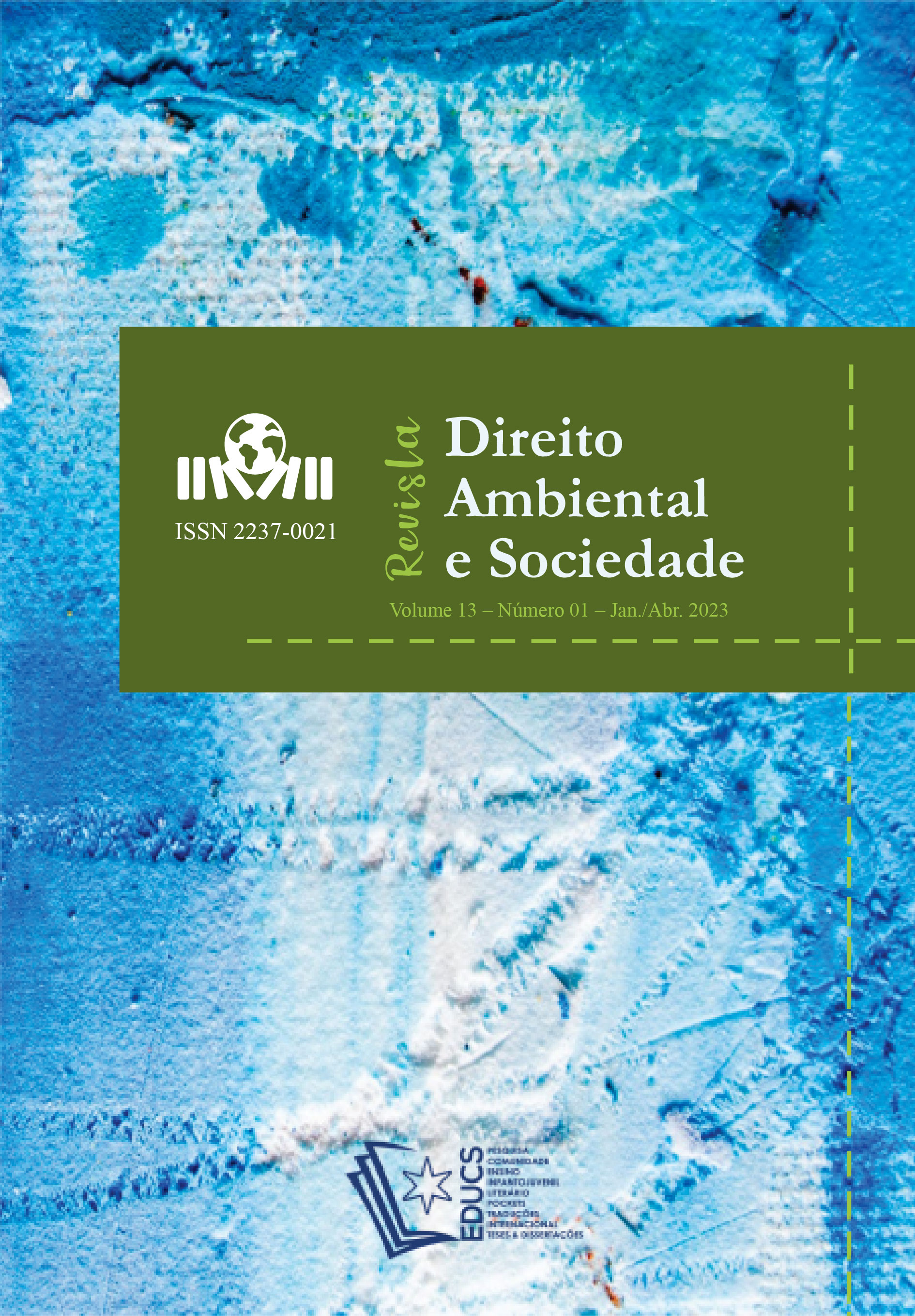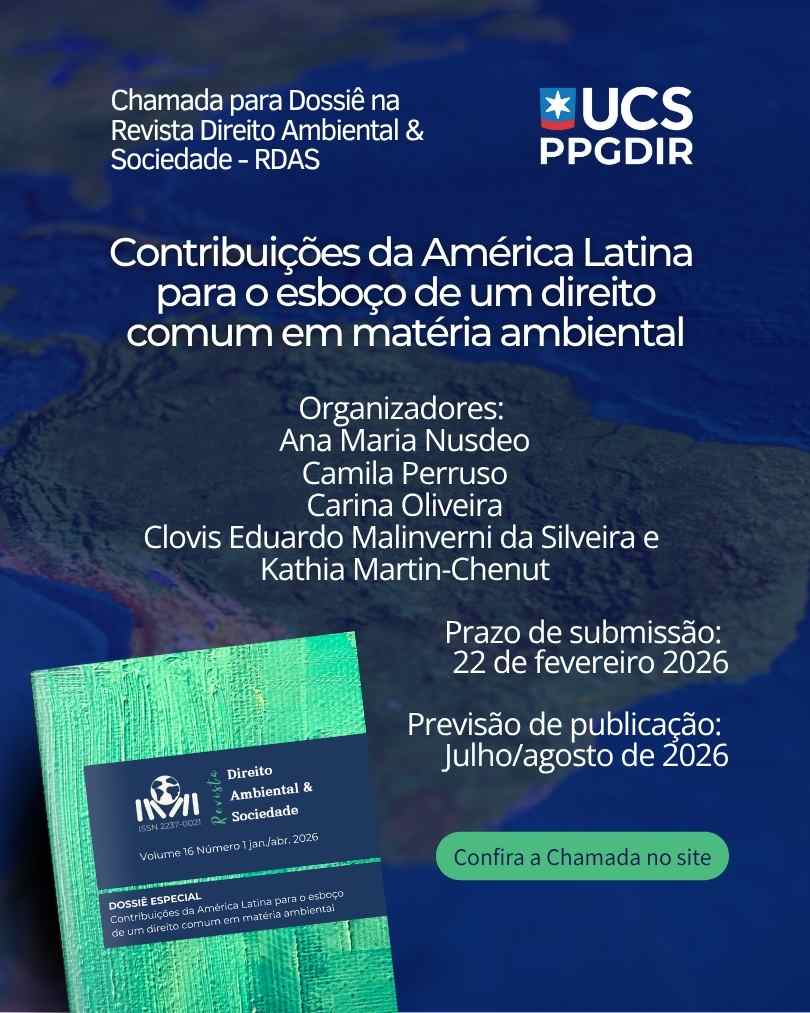Between action and state inertia
The allocation of budget resources in solid waste management by the Municipal City Hall of Santa Rita-PB in the light of the right to the city
DOI:
https://doi.org/10.18226/22370021.v13.n1.16Keywords:
Solid Waste, waste, Public policyAbstract
This study will address the dubious relationship between action and state inertia regarding the allocation of public resources in garbage collection companies and the absence of investments in recycling cooperatives that practice solidarity economy. For this, public policies related to solid waste management in the municipality of Santa Rita-PB are evaluated, as well as the quality of expenditure in the allocation of budgetary resources. The fundamental problem that arises is whether the allocation of public resources is aligned with the precepts of the right to the city and whether conditions are offered for the cooperative to develop its work efficiently. The methodical and methodological line assumes the direction of David Harvey’s criticism of the processes of social exclusion caused by the extraction of surplus value from the labor force and by the allocation of surplus capital in the city. Basically, books, articles and legislation will be used as research instruments. It will be investigated, as a hypothesis, to what extent public spending and the development of public policies with regard to solid waste management in the municipality of Santa Rita-PB have met the precepts of the right to the city.
Downloads
Downloads
Published
How to Cite
Issue
Section
License
Copyright (c) 2023 Journal of Environmental Law and Society

This work is licensed under a Creative Commons Attribution 4.0 International License.
Você tem o direito de:
Compartilhar — copiar e redistribuir o material em qualquer suporte ou formato para qualquer fim, mesmo que comercial.
Adaptar — remixar, transformar, e criar a partir do material para qualquer fim, mesmo que comercial.
O licenciante não pode revogar estes direitos desde que você respeite os termos da licença.
De acordo com os termos seguintes:
Atribuição — Você deve dar o crédito apropriado , prover um link para a licença e indicar se mudanças foram feitas . Você deve fazê-lo em qualquer circunstância razoável, mas de nenhuma maneira que sugira que o licenciante apoia você ou o seu uso.
Sem restrições adicionais — Você não pode aplicar termos jurídicos ou medidas de caráter tecnológico que restrinjam legalmente outros de fazerem algo que a licença permita.
Avisos:
Você não tem de cumprir com os termos da licença relativamente a elementos do material que estejam no domínio público ou cuja utilização seja permitida por uma exceção ou limitação que seja aplicável.
Não são dadas quaisquer garantias. A licença pode não lhe dar todas as autorizações necessárias para o uso pretendido. Por exemplo, outros direitos, tais como direitos de imagem, de privacidade ou direitos morais , podem limitar o uso do material.














